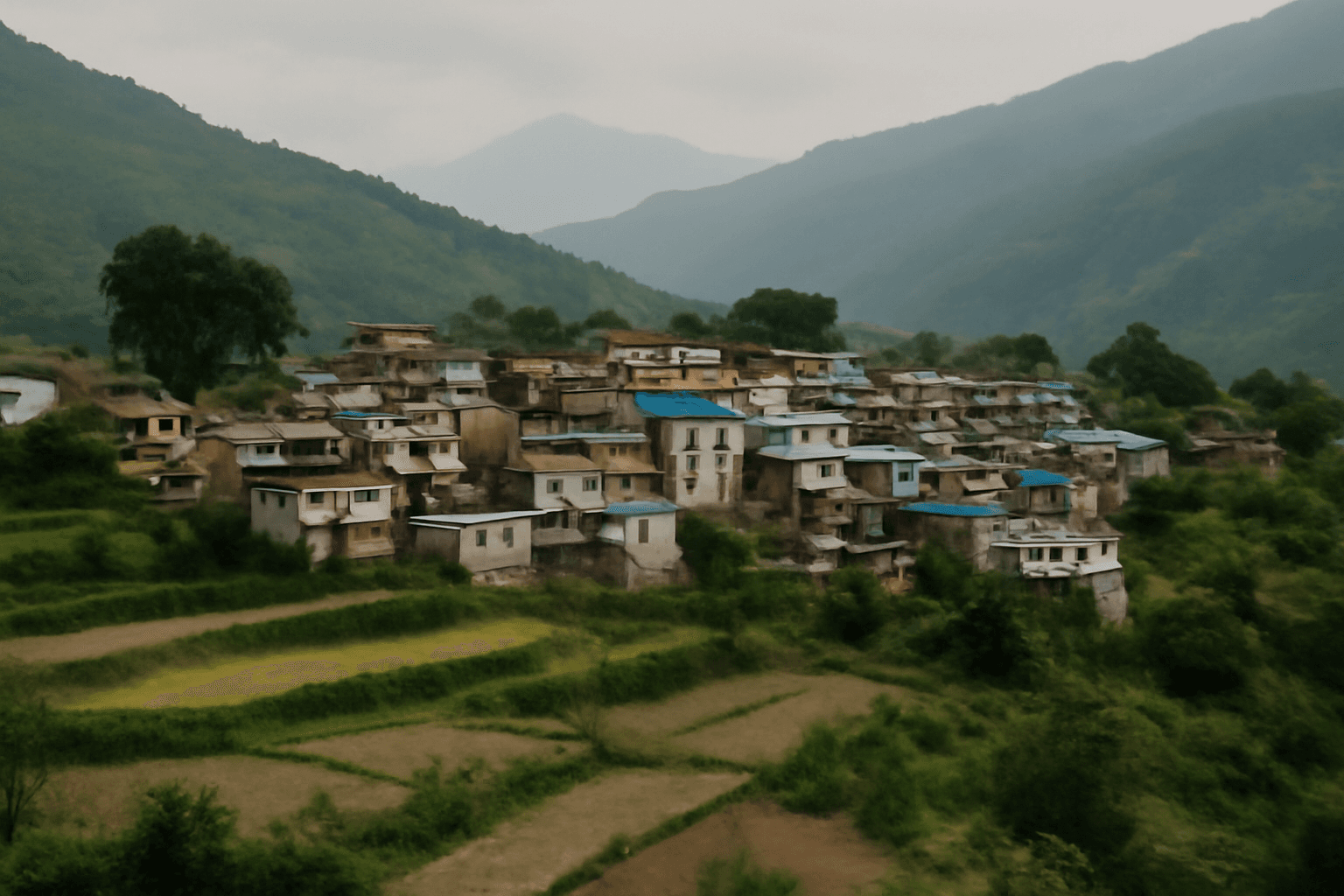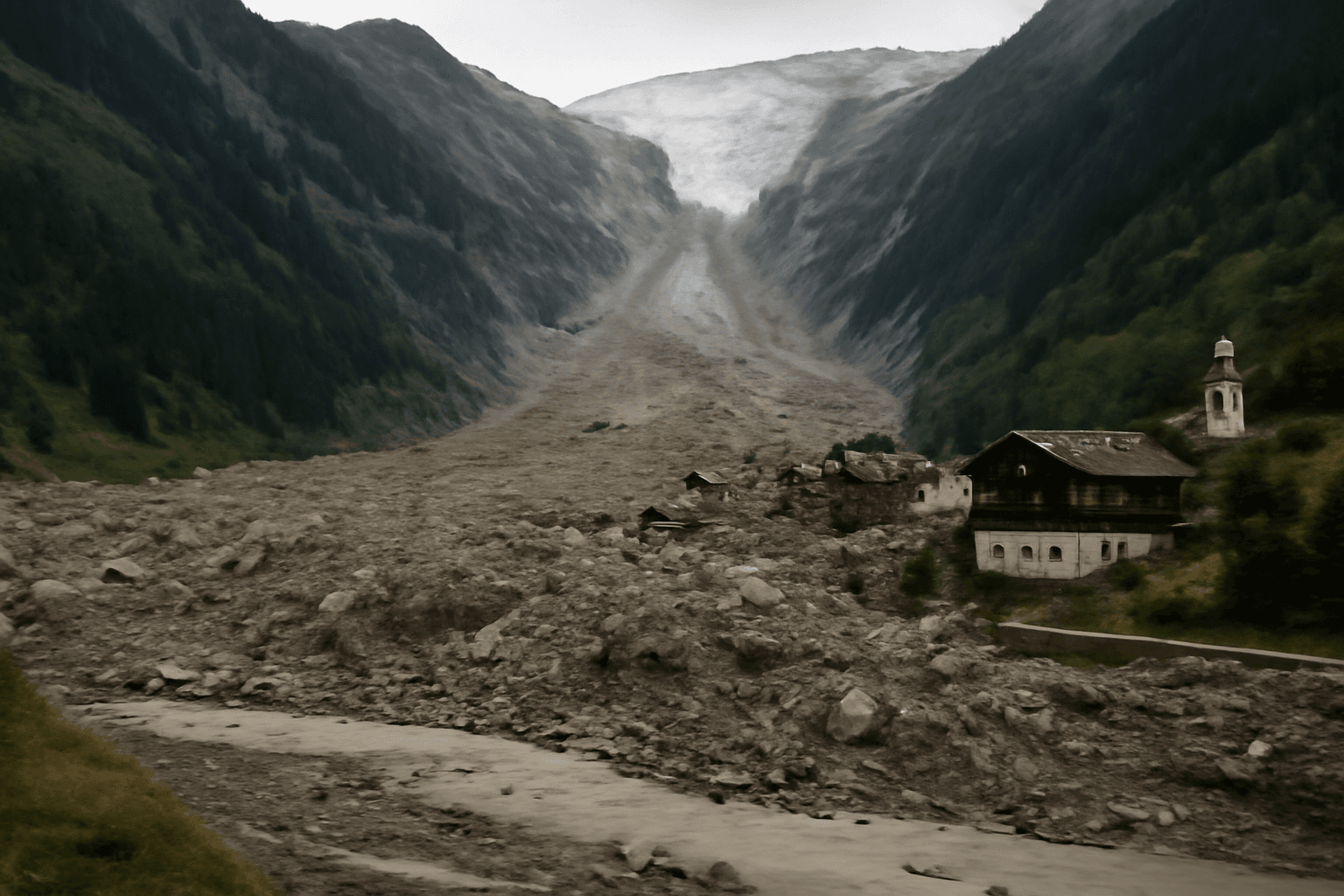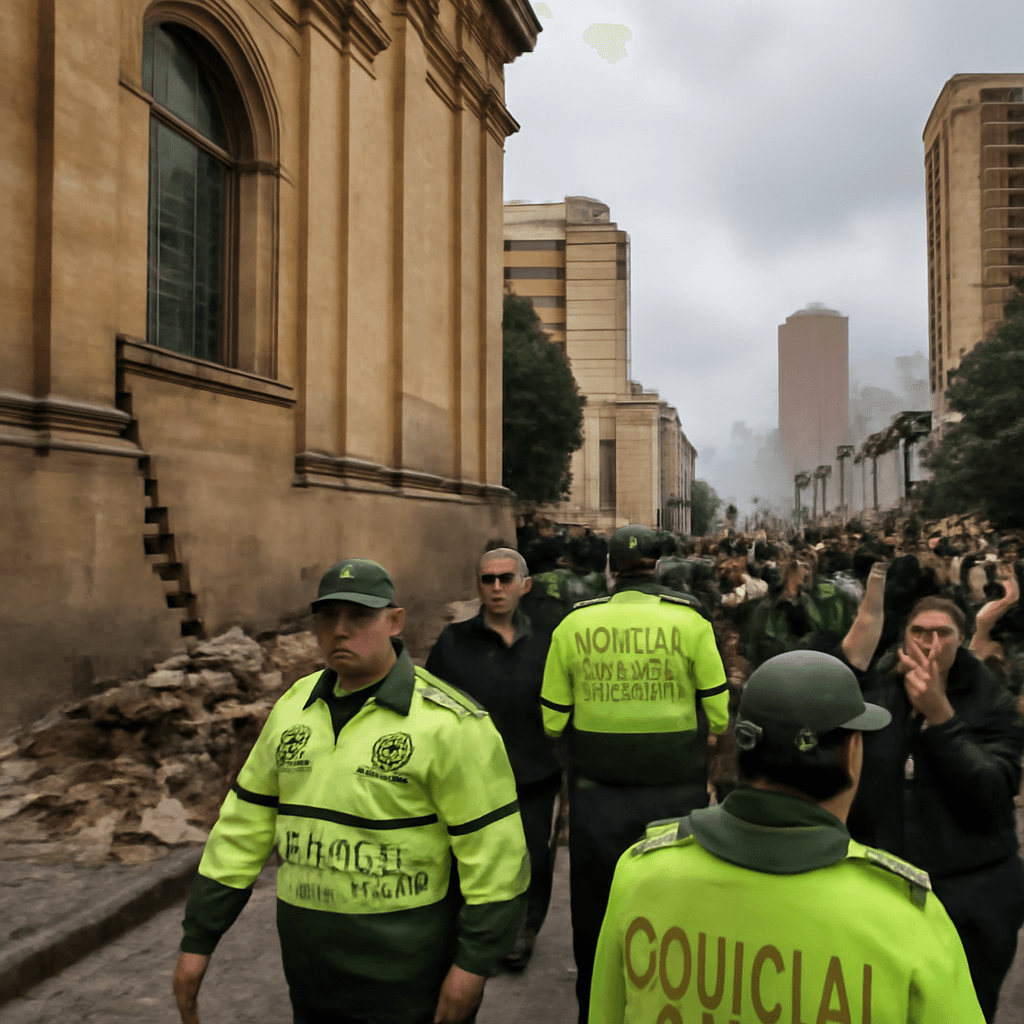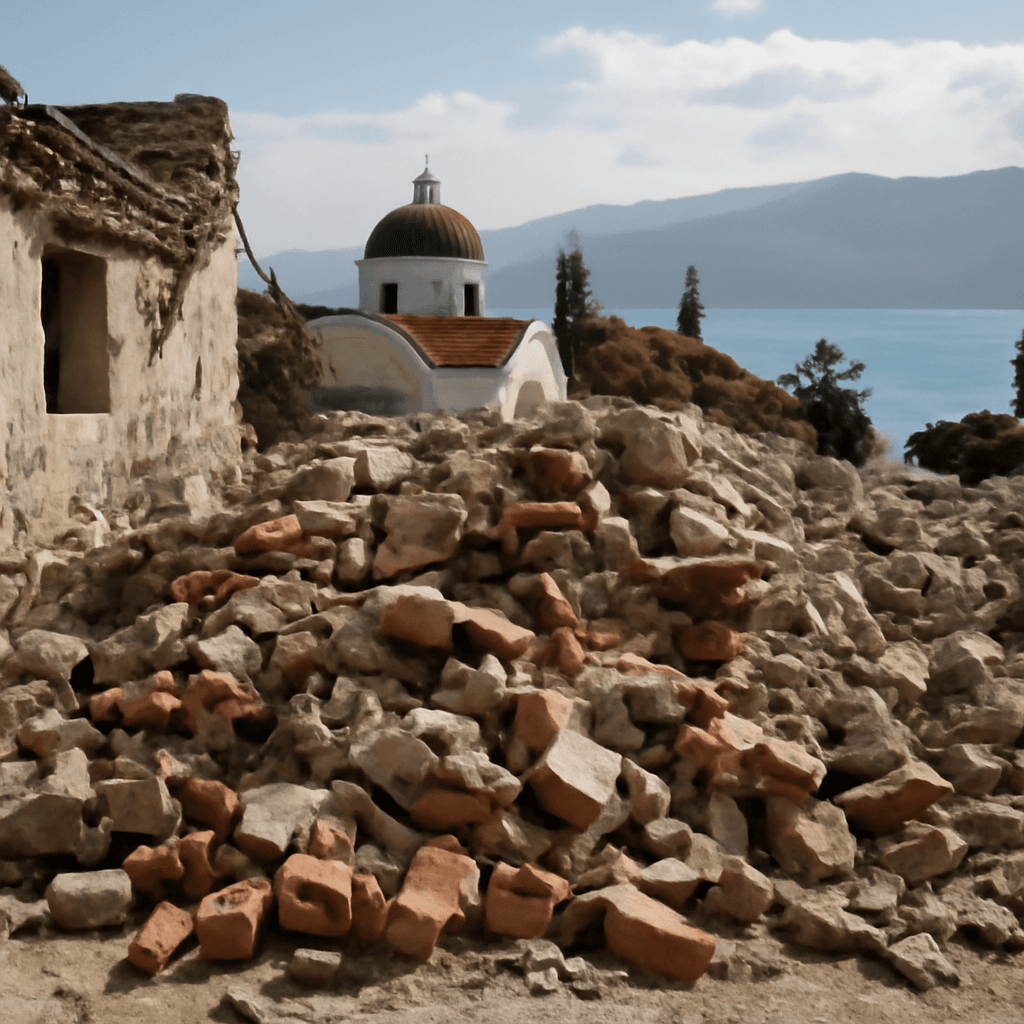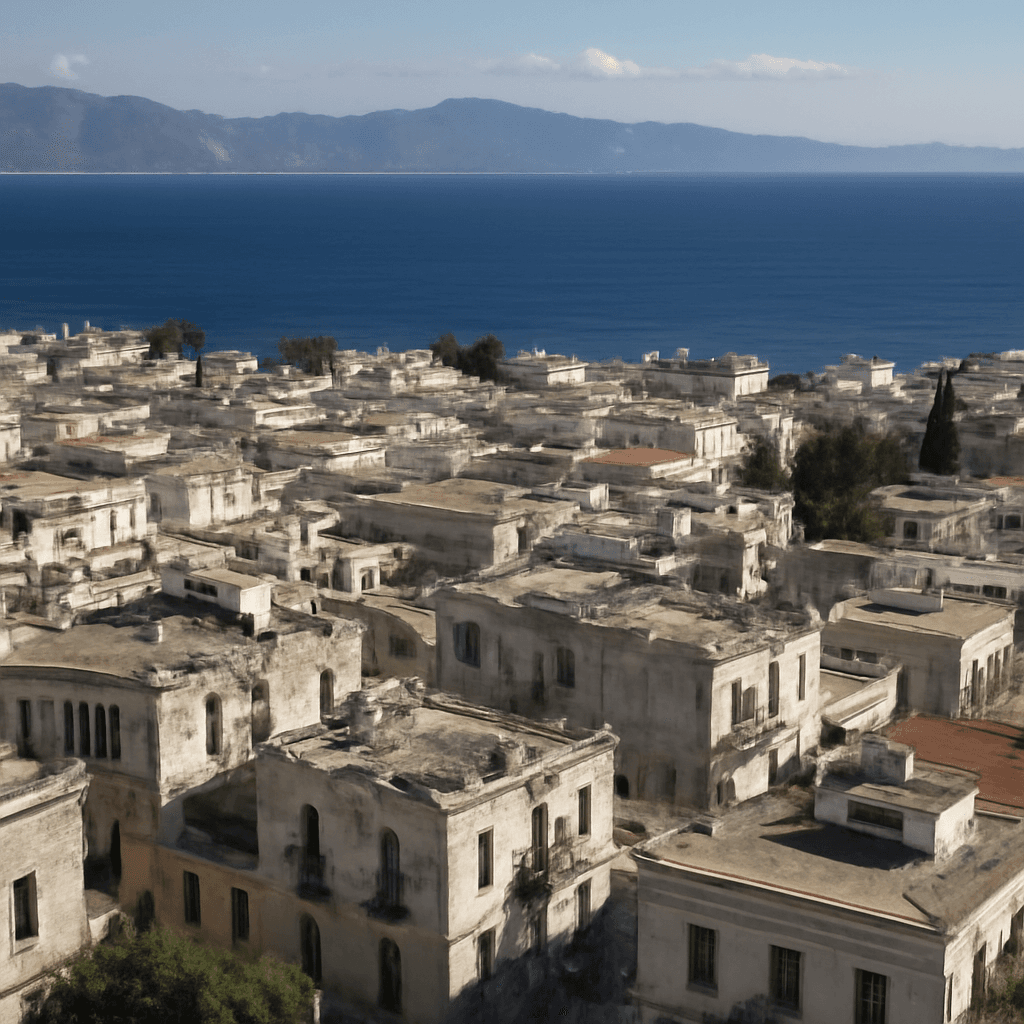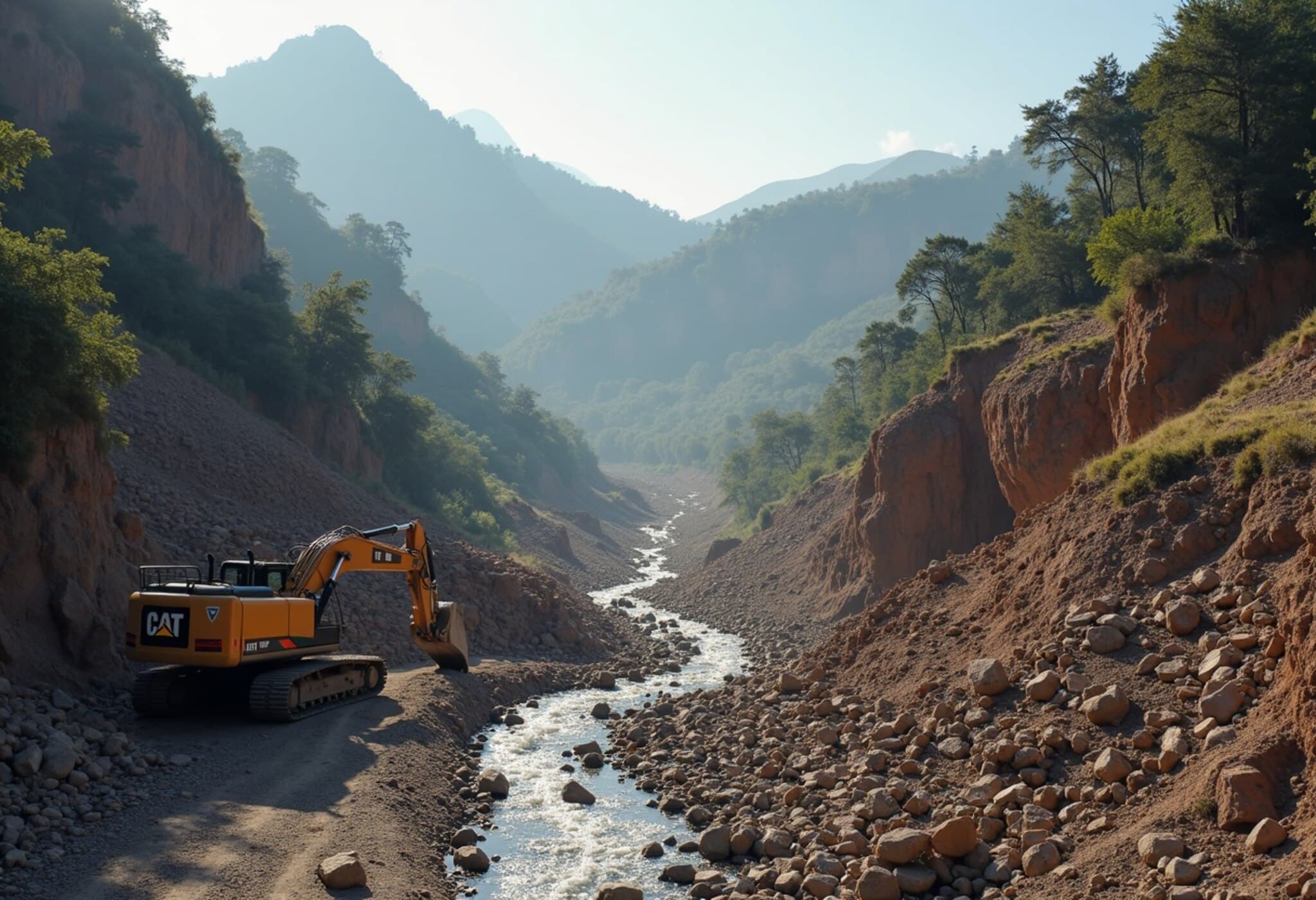Tsunami Warnings Downgraded as Initial Waves Pass
Following a powerful 8.8 magnitude earthquake off Russia’s Far East, the initially alarming tsunami warnings across parts of Japan and Hawaii have been downgraded to advisories. This seismic event sent ripples across the Pacific, sparking fears of widespread coastal damage. Thankfully, as the initial waves arrived, no major devastation was reported, but authorities continue urging caution near shorelines until the all-clear is confirmed.
Japan's Response: Large Evacuations and Careful Monitoring
Japan’s Meteorological Agency has adjusted its tsunami alert levels, downgrading warnings to advisories along the Pacific coast south of Fukushima, but maintaining alerts to the north. As of the evening of July 30, more than two million people in 229 municipalities were urged to evacuate and move to higher ground.
Footage showed residents seeking safety on rooftops in Hokkaido, Japan’s northernmost island, underscoring public anxiety even as waves were relatively modest. The highest waves recorded included a 1.3-meter surge at Kuji Port, Iwate prefecture, and approximately 2.5-foot waves along parts of Hokkaido and Miyagi.
While train and air travel faced disruptions across major lines near Tokyo and in the northeast, notably at Sendai Airport, officials confirmed no irregularities at nuclear power plants, including the Fukushima Daiichi facility. Around 4,000 workers sheltered on higher ground as a precaution while monitoring plant safety remotely.
Expert Insight:
Given Japan’s enduring vulnerability to seismic events, lessons from the 2011 tsunami have clearly influenced the swift evacuation measures and cautious agency communications. Continuous vigilance, especially around nuclear sites, reflects deep learning from past catastrophes—a critical element in minimizing human and structural losses.
Hawaii: From Warnings to Precautionary Advisories
The US Pacific Tsunami Warning Center (PTWC) downgraded tsunami warnings to advisories around 10:39 pm local time in Hawaii. High waves—up to five feet—impacted areas including Kahului on Maui, causing localized flooding compounded by high tide conditions. Emergency managers urged residents to stay off beaches and avoid floodwaters.
While immediate damage was limited and evacuation orders were lifted, the situation highlighted the persistent risks posed by tsunami energy still present in coastal waters. Transportation gradually returned to normal with Hawaiian Airlines and Alaska Airlines resuming flights, though disruption overnight left about 200 people sheltering in Maui’s airport terminal.
Community and Policy Perspective:
- Hawaii’s response underscores the delicate balance between rapid public notification and avoiding undue panic. Modern communication technologies enabled timely alerts, yet the shift to advisories shows prudent assessment of evolving risks.
- The incident also raises questions about infrastructure resilience, particularly in airport and coastal facilities vulnerable to flooding during such events.
Pacific-wide Alert and Broader Implications
This enormous quake near Russia’s Severo-Kurilsk district activated emergency responses across the Pacific Rim. Coastal countries from the Philippines and Indonesia to Chile and Mexico issued warnings and initiated evacuations based on their risk assessments.
Videos from Russia show significant shoreline damage, including boats destroyed and storage containers swept away. While casualty reports remain unclear, the event serves as a stark reminder of the Pacific Ocean’s interconnected vulnerabilities.
Expert Commentary:
Such trans-Pacific seismic activity highlights the critical importance of international cooperation in tsunami monitoring and emergency response. It also draws attention to the need for public education on tsunami risks, especially in remote or less-prepared regions, and the challenges of timely communication in rapidly evolving scenarios.
What to Expect Moving Forward
Despite downgrades, officials caution continued vigilance until the Pacific Tsunami Warning Center confirms no further threats. Residents in affected areas are encouraged to heed official guidance and prepare for any contingencies.
Editor’s Note
This earthquake and tsunami event illustrate the complex dynamics of natural disaster management across vast and diverse Pacific communities. While thankfully this incident caused limited damage, it prompts reflection on preparedness levels globally—particularly relating to nuclear site safety, vulnerable infrastructure, and community awareness. How can nations further fortify emergency systems and foster more resilient communities in an age of intensifying climate and geological hazards? Keeping these questions at the forefront will be essential for mitigating future risks.


